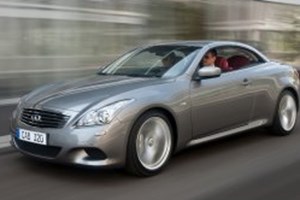This is the new Audi Q3, Ingolstadt’s rival for the BMW X1 and the forthcoming Range Rover Evoque. It’s the smallest Q-series 4x4 yet from Audi, and (at least initially) is only available with a selection of 2.0-litre, four-cylinder, turbocharged and direct-injection engines.
Items like an aluminium bonnet and aluminium bootlid are 50% lighter than the conventional steel items, there are big car options like 3D sat-nav complete with Google Earth tech, and let’s not forget the appeal of that four-ringed badge. The Q3 is already guaranteed to be a sales success for Audi, but is it any good? Read on for CAR’s first drive review of the new Audi Q3.
That’ll be the Cross Coupe Quattro, unveiled way back in 2007; despite the huge array of new models that Audi has produced over the past few years, it’s actually taken a surprisingly long time for that small concept car to become a production reality.
Good points first. In terms of refinement, the Q3 is very good indeed – at motorway speeds there’s barely any wind noise, and what road roar there is is only apparent because everything else is so hushed.
Cars equipped with the S-tronic transmission (standard on the top-spec petrol and diesel) and the optional Drive Select system get a nifty de-coupling clutch that disengages the engine on the overrun. It works well: the gear indicator between the two dials disappears to indicate what’s going on and the engine’s revs drop to below 1000rpm nearly every time you back off the throttle. The only downside is the lack of engine braking; just as a Cayenne Hybrid in its ‘sailing’ mode can start to freewheel and pick up pace, the same is true of the Q3 so you actually need to keep your foot on the brake.
- How much? £28,460.
- Engine: 1968cc 16v turbodiesel four-cylinder, 174bhp @ 4200rpm, 280lb ft @ 1750-2500rpm.
- Transmission: Seven-speed dual-clutch transmission, four-wheel drive.
- Performance: 8.2sec 0-62mph, 132mph, 47.9mpg, 156g/km CO2.



























